dimmable cfl/ccfl in 4 inch cans
dan_in_austin
14 years ago
Related Stories
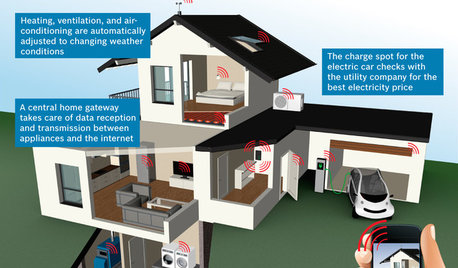
THE HARDWORKING HOMECES 2015: Inching Toward a Smarter Home
Companies are betting big on connected devices in 2015. Here’s a look at what’s to come
Full Story
BATHROOM DESIGNWater Damage Spawns a Space-Saving Bathroom Remodel
A game of inches saved this small New York City bathroom from becoming too cramped and limited
Full Story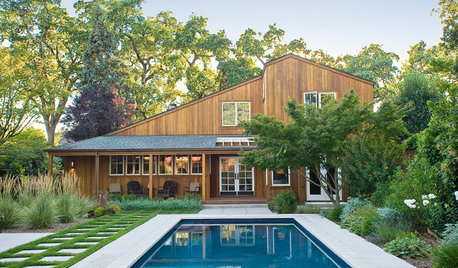
CONTEMPORARY HOMESHouzz Tour: A Wine Country Home, Reinvented Once Again
Ten years after its first renovation, a 4-bedroom Northern California house gets another redo — this time with timelessness in mind
Full Story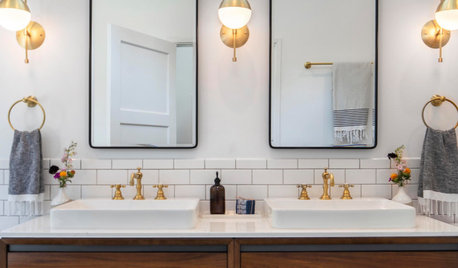
BATHROOM WORKBOOKHow to Get Your Bathroom Vanity Lighting Right
Create a successful lighting plan with tips on where to mount fixtures and other design considerations
Full Story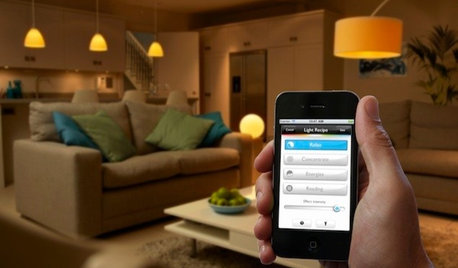
HOME TECHHere's a Bright Idea: Smart Bulbs for Better Lighting
Lightbulbs that can change brightness and color with a cell phone command show flashes of design brilliance
Full Story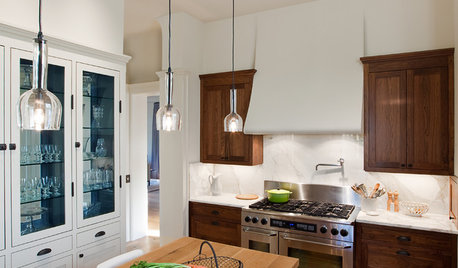
KITCHEN DESIGNPick the Right Pendant for Your Kitchen Island
Don't settle for bland builder-grade pendant lights when you can have your pick of colors and kinds to match your kitchen's style
Full Story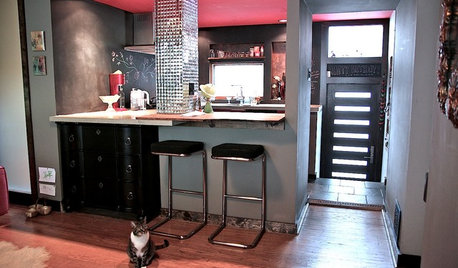
HOUZZ TOURSHouzz Tour: For the Love of a Cat in Philadelphia
Pet-friendly features integrated into a mod, eclectic and colorful home mean everyone in the family is happy
Full Story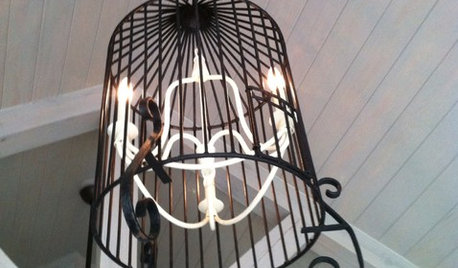
DIY PROJECTSReinvent It: Salvage a Birdcage for an Eclectic Chandelier
Turn a dusty antique into an enviably artistic light fixture that looks more expensive than it is
Full Story
LIGHTINGThe Lowdown on High-Efficiency LED Lighting
Learn about LED tapes, ropes, pucks and more to create a flexible and energy-efficient lighting design that looks great
Full Story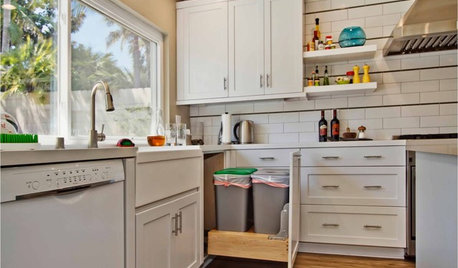
DECLUTTERING9 Exit Strategies for Your Clutter
How to efficiently — and regularly — rid your home of the things you don’t want
Full Story





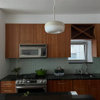

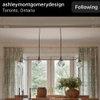
David
dan_in_austinOriginal Author
Related Professionals
Laguna Niguel Lighting · Rockland Lighting · Venice Lighting · Carlsbad Furniture & Accessories · Mesa Furniture & Accessories · Port Charlotte Furniture & Accessories · Potomac Furniture & Accessories · Silver Spring Furniture & Accessories · Potomac Furniture & Accessories · Richfield Furniture & Accessories · Baltimore Decks, Patios & Outdoor Enclosures · Meridian Decks, Patios & Outdoor Enclosures · Royal Oak Decks, Patios & Outdoor Enclosures · San Antonio Decks, Patios & Outdoor Enclosures · Towson Decks, Patios & Outdoor EnclosuresDavid
dan_in_austinOriginal Author
David